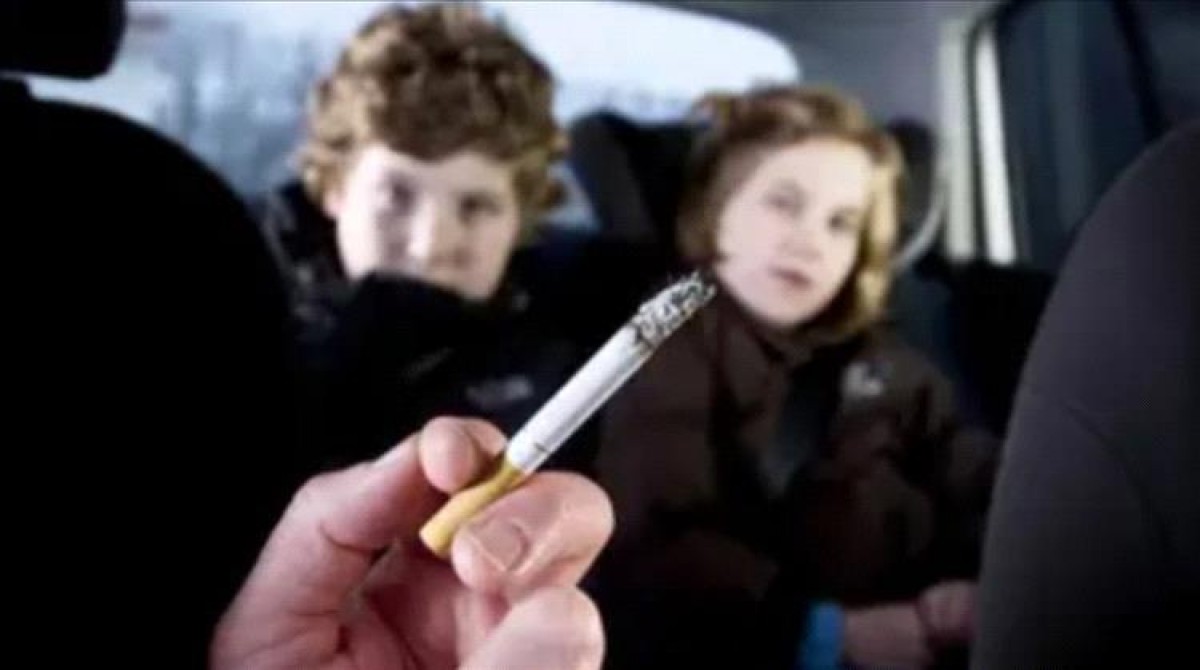A Spanish study reveals the effects of negative smoking on children


A new study, conducted on the data of 2695 children from 8 European countries, showed that exposure to tobacco smoke changes their DNA.
In 2004, it was estimated that 40% of children around the world are subjected to passive smoking
According to the report of the Spanish La Rathon newspaper, exposure to this polluted substance in childhood not only increases the risk of respiratory diseases, heart and blood vessels, but may also affect nervous development and immune function.
according to a study conducted by the Barcelona International Health Institute, a center supported by the "La Kaysha" Foundation, children exposed to tobacco smoke at home are more likely to show some changes in the genome, which can change the way of expressing genes. /P>
These genetic changes may affect the development of future diseases. This is the main conclusion provided by the "International Environment" organization, which highlights the need to reduce exposure to passive smoking, especially in children's environments.
"Passive smoking during childhood leaves a mark at the molecular level, which may lead to adjusting the expression of genes that affect the ability to develop diseases in adulthood." p>
* The effect of smoke on DNA
Our DNA works like the body’s instructions book, without changing the content of the “book” (i.e. genetic sequence), tobacco smoke can add “signs” to certain pages, which affects the way to read these instructions, one of these signs, which is a counterpart DNA is one of the main genetic mechanisms, and it is allowed to activate or nullify genetic expression.
Although it is long known that the effects of mother's smoking during pregnancy affect the genome, this research is among the first research that shows how negative exposure to tobacco smoke in childhood can also have an effect.
The study included data from 2695 children from eight European countries: Spain, France, Greece, Lithuania, Norway, Netherlands, UK and Sweden, and the participants ranged between 7 and 10 years old and they were volunteers from six groups from the Union of Alam Genetics for pregnancy and childhood.
Using blood samples from the participants, the scientific team studied the level of methyl in specific DNA sites throughout the genome, and linking it to the number of smokers at home (0, 1, or 2 or more).
The changes in the DNA methable in 11 areas (called CPGS) are linked to exposure to passive smoking. Most of these areas have also been associated with previous studies with direct tobacco exposure in active smokers or during pregnancy. Moreover, six of them are associated with diseases such as asthma or cancer, which tobacco is a risk factor for infection.
The Spanish study also indicates that negative in childhood smoking leads to genetic changes similar to those that were observed with exposure to the uterus of tobacco or active consumption.